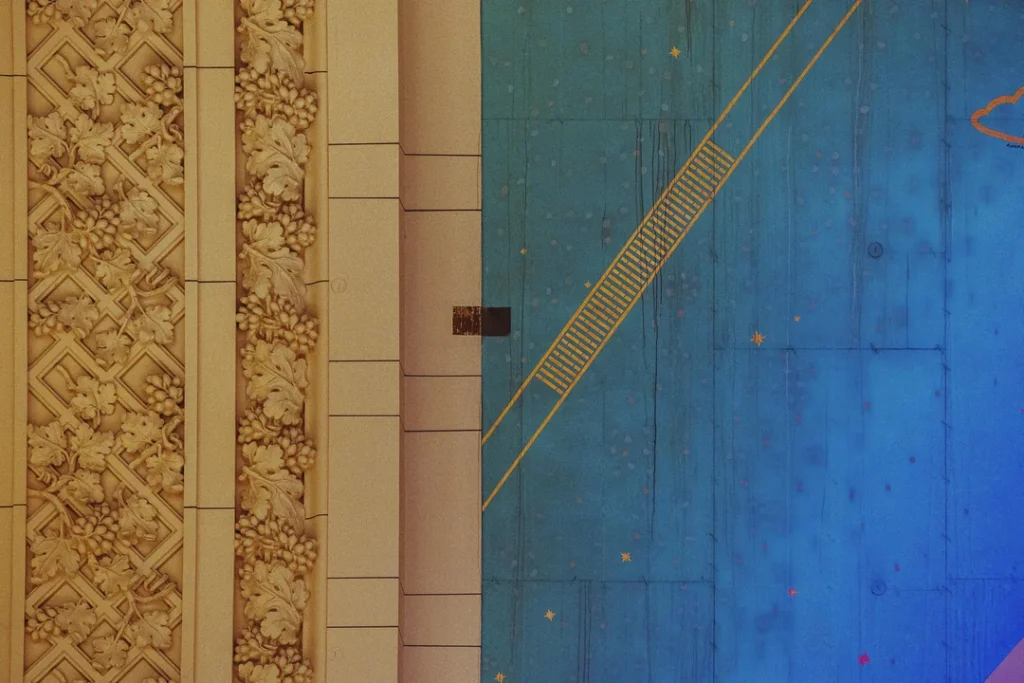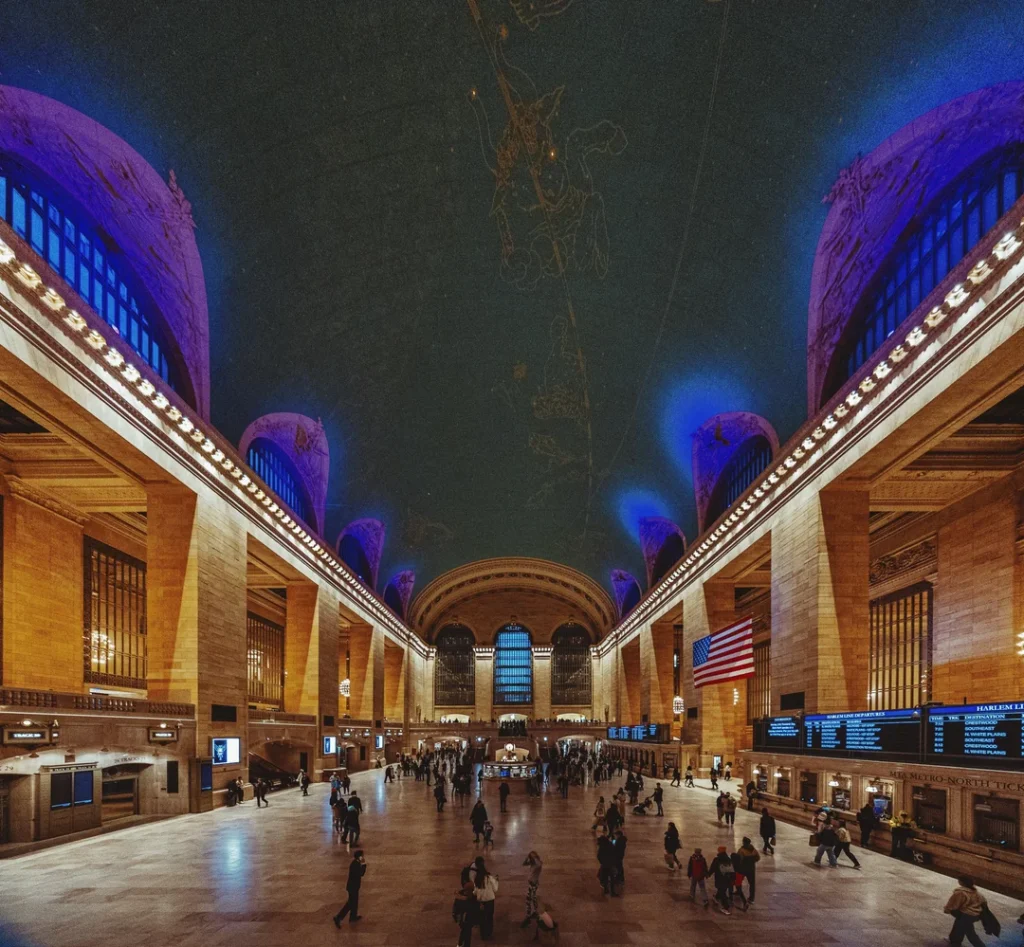If you ever find yourself exploring Grand Central Terminal in New York City, be sure to glance upward. Among the stars and celestial figures decorating its renowned ceiling, there is a concealed feature that many overlook—a dark tile positioned in the northwest corner, where the constellation mural intersects with the marble. This modest tile measures 9 by 18 inches, making it easy to miss, yet it carries a captivating backstory.
A Glimpse into the Past
In 1996, the Metropolitan Transportation Authority (MTA) embarked on an extensive two-year refurbishment of Grand Central Terminal. Part of this project involved the painstaking process of manually scrubbing the ceiling to restore its original splendor. However, the restoration team deliberately left one tile untouched. Why? This tile acts as a tangible representation of the ceiling’s condition before and after the renovation.
A Vestige of the Smoking Era
Prior to the 1996 restoration, the ceiling was covered with layers of soot accumulated over decades of indoor smoking. The dark tile stands preserved as a memento of that bygone era. Its darkened appearance is the result of years of cigarette tar and nicotine staining—a vivid reminder of how much public spaces have changed.
A Study in Conservation
According to the MTA, the dark tile was intentionally left untreated as a reference point for future conservation work. Restoration experts frequently employ this practice to evaluate the long-term effects of cleaning techniques. This method enables conservators to track changes in the ceiling’s composition and determine the impact of various cleaning solutions.
A Symbol of Progress
Although smoking was prohibited inside Grand Central Terminal on March 20, 2003, the dark tile remains a testament to the substantial strides made in public health policies. It serves as a subtle yet compelling reminder of the significant transformation from the days when indoor smoking was the norm.
The next time you visit Grand Central, take a moment to locate this hidden detail. It’s a small feature that conveys a remarkable story of history, preservation, and the evolving nature of shared spaces.


